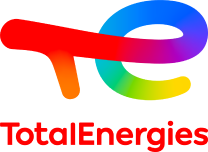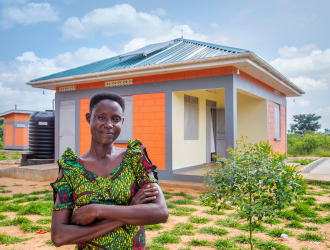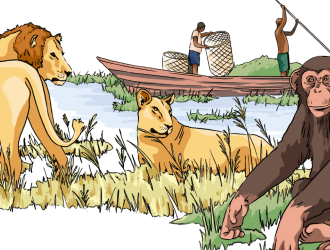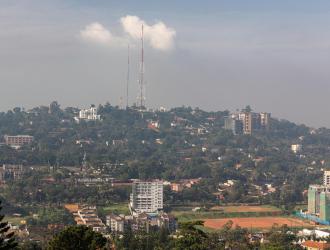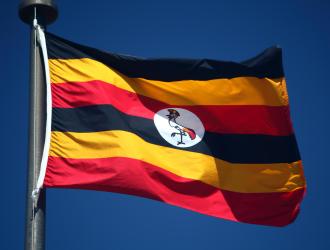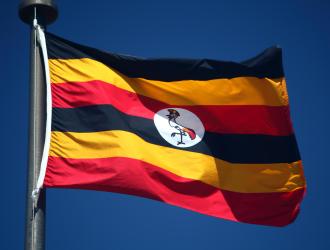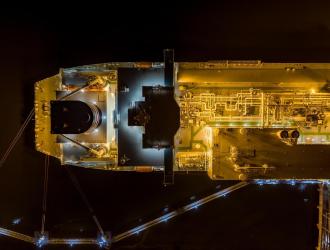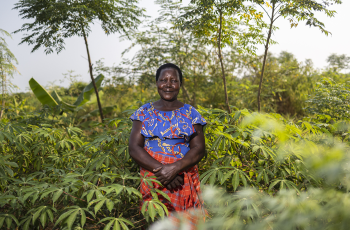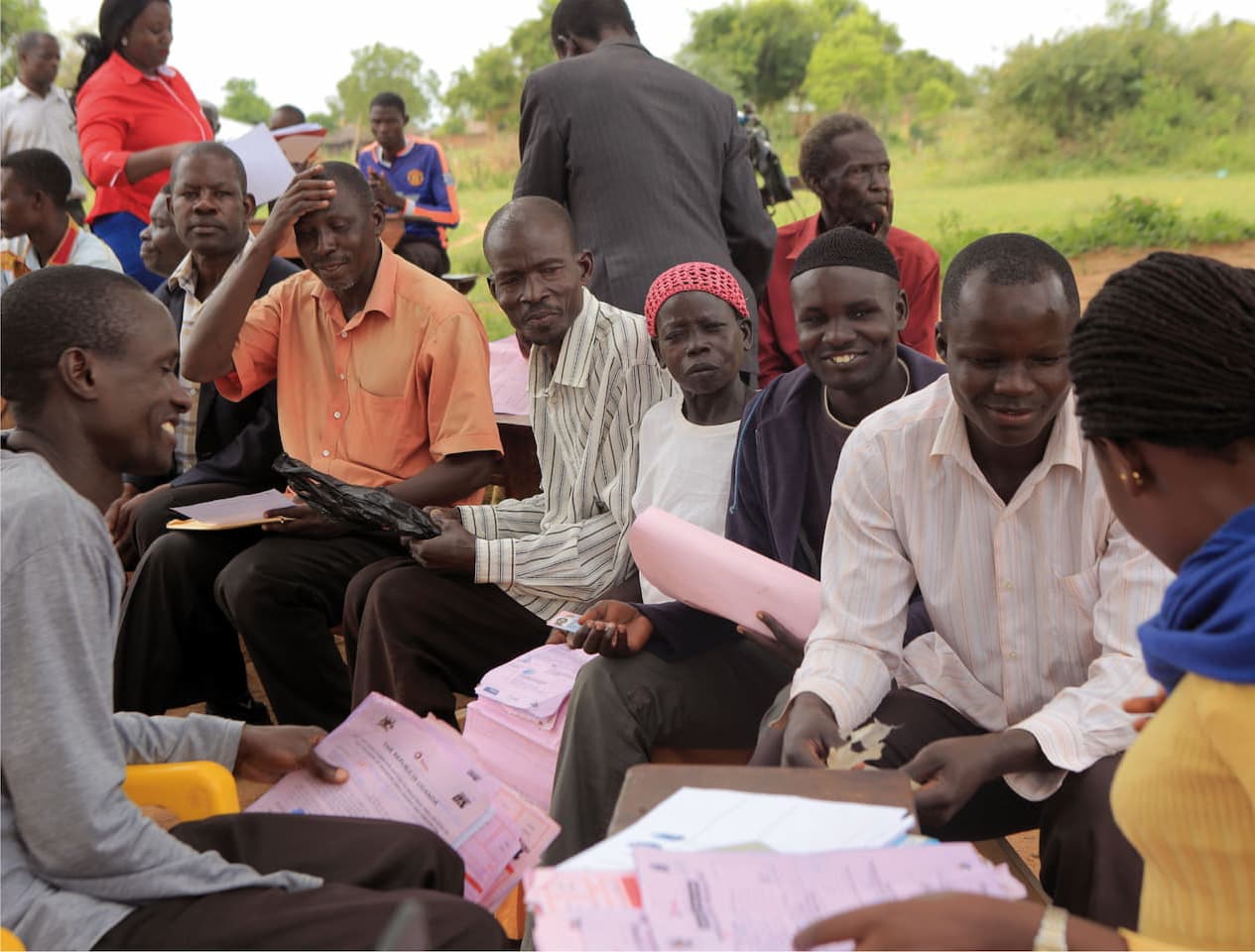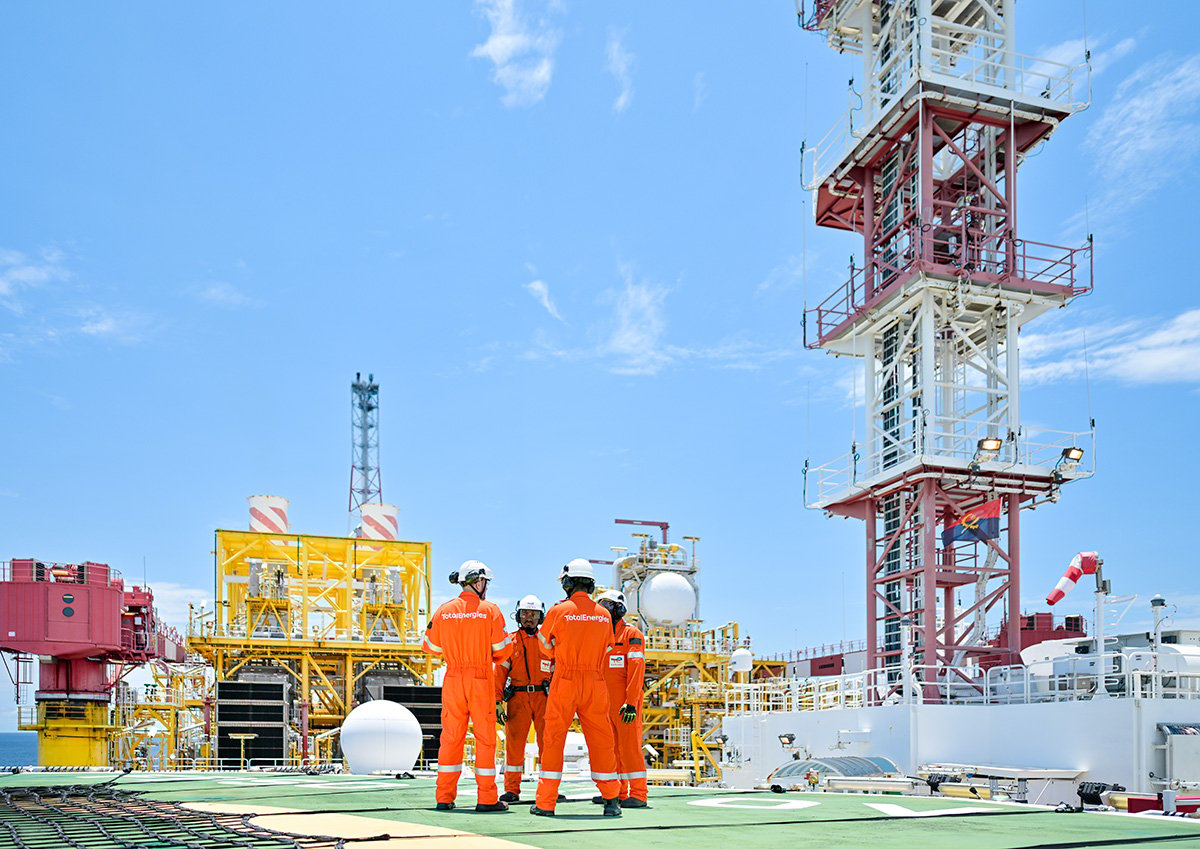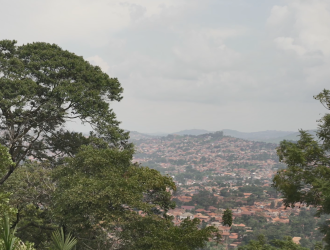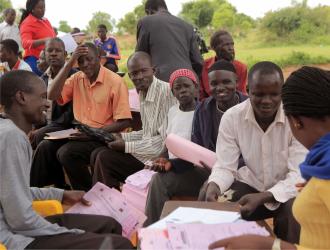The projects for the development of the oil and gas resources of the Lake Albert region (Africa) and the cross-border pipeline are situated in a sensitive social and environmental context that requires special measures for the environment and the rights of the local communities.

The Lake Albert region in Uganda (Africa) has major oil and gas resources, estimated at over one billion barrels. Uganda wanted to develop them under the projects Tilenga, operated by TotalEnergies, and Kingfisher by CNOOC(1). Production will be delivered to the Tanzanian port of Tanga by a cross-border pipeline, built and operated by the EACOP company (EACOP meaning: East African Crude Oil Pipeline). The Tilenga and EACOP projects are situated in a sensitive social and environmental context and require land acquisition programs with close attention to the rights of the affected communities. Environmental and social impact assessments (ESIAs) have been carried out in compliance with the exacting standards of the International Finance Corporation (IFC). Third-party reviews have also been conducted to ensure that the projects are compliant with the best social and environmental practices.
Tilenga and EACOP projects: what are we talking about?
What is Tilenga?
Located in the Buliisa and Nwoya districts in the Lake Albert, the Tilenga project is operated by TotalEnergies (56.6%), in partnership with CNOOC and UNOC. It includes the development of six fields and the drilling of around 400 wells from 29 locations. Production will be delivered through buried pipelines to a treatment plant built in Kasenyi, for the separation and treatment of the fluids (oil, water, gas). All of the water produced will be reinjected into the fields and the gas will be used to produce the energy needed for the treatment process. Surplus electricity will be exported to the pipeline and the Ugandan grid.
One of the fields developed is located inside Murchison Falls Park. The others are located outside the Park, south of the Victoria Nile in sparsely populated rural areas and activities that are essentially agricultural.
What is EACOP?
This project consists of the construction of a buried 1,443 km oil pipeline (East African Crude Oil Pipeline) between the town of Kabaale in Uganda and the port of Tanga in Tanzania, and a storage terminal and loading jetty in Tanga. The oil pipeline includes six pumping stations and a heat tracing system. The physical characteristics of the oil from Tilenga mean that it needs to be kept at a temperature of 50°C for transportation. The route of the pipeline was designed to avoid areas of environmental interest as much as possible, and generally crosses farming areas.
Acting responsibly and transparently on social issues
The Tilenga and EACOP projects require the acquisition of around 6,400 hectares of land.
A land acquisition program compliant with the highest international standards
The completion of the Tilenga and EACOP projects will require the implementation of a land acquisition program covering some 6,400 hectares. For Tilenga and EACOP, this program means relocating 775 primary residences, and will affect a total of 19,163 stakeholders, landowners and land users. Carried out in compliance with IFC performance standards, this program will begin with a complete survey of the land and crops and monetary compensation and/or compensation in kind. Each family whose primary residence is being relocated may choose between a new home and monetary compensation. An accessible, transparent and fair complaints-handling system will be running throughout the process.
Close attention to the rights of the communities concerned
Right from the design phase of these projects, special attention has been paid to information, consultation and consensus-building with all stakeholders. Over 70,000 people were consulted for the ESIAs and more than 20,000 meetings have been held to date with the populations concerned and civil society organizations. TotalEnergies EP Uganda (TEPU, operator of the Tilenga project) and EACOP also interact with several NGOs laying the foundation for a sustainable collaboration process aimed at capitalizing on their expertise and driving continuous improvement.
As in all the Company’s operations, TEPU and EACOP attach the utmost importance to compliance with human rights in the implementation of these projects. Everybody has the right to express themselves. TEPU and EACOP do not use or tolerate the use by others of aggression or physical or legal threats against people who are exercising their right to freedom of expression or their right to peaceful assembly or protest.
Access the Tilenga Human Rights Report 2023
Access the TotalEnergies in Uganda Social Report 2024
Projects consistent with our environmental commitments
The Tilenga and EACOP projects are located in a particularly sensitive natural environment, especially in terms of biodiversity. Strict measures have been taken to avoid, mitigate and offset their impact.
Limit the footprint
TEPU has decided to restrict the footprint of the Tilenga project in Uganda’s Murchison Falls Park, a protected area and a showcase for African biodiversity. Thanks to strict preventive and reduction measures built into the design of the project, the Tilenga facilities inside the Park will cover less than 0.03% of the surface area during the operating phase.
The route of the EACOP pipeline has been designed to minimize its environmental impact. Careful attention was paid to watercourses, and horizontal drilling will be used for the most sensitive case. In addition, energy for the pumping stations will be partly supplied by solar power plants.
Producing a positive impact on biodiversity
For these two projects, and in line with their biodiversity commitments, TEPU and EACOP are implementing action plans that generate a positive net impact on biodiversity.
These plans are defined in close collaboration with the authorities and stakeholders responsible for nature conservation in Uganda and Tanzania. For example, TEPU supports the resources of the Murchison Falls Park to help boost wild animal populations and contributes to a black rhino reintroduction program in Uganda, in partnership with the Uganda Wildlife Authority (UWA). TEPU is also in close contact with experts from the IUCN (International Union for Conservation of Nature) to take into account the best practices for protecting chimpanzees, in particular by promoting the maintenance of forest habitats.
(1) CNOOC China National Offshore Oil Corporation
(2) Kilogram of CO2 equivalent per barrel of oil equivalent
